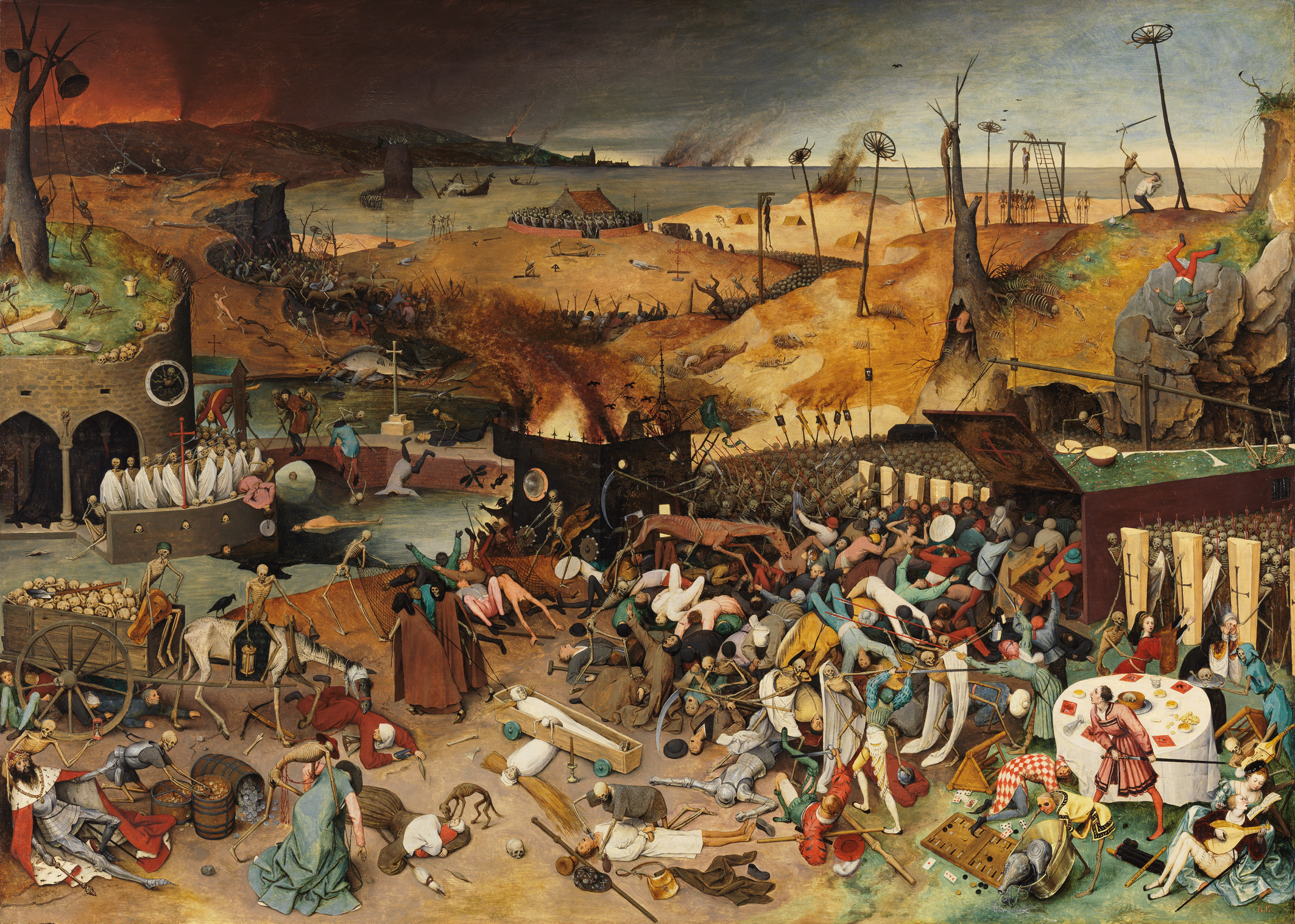European Expansion
Matt Price
Understanding European Rise in the 15th and 16th Centuries

European Gains from "High" Middle Ages & Crusades
- Strengthened feudal system with increasingly centralized power
- powerful military organizations w/ professional soldiers
- More sophisticated economic systems including early banks
New Technologies
- Printing with Movable Type + Cheaper Paper: huge increase in information exchange
- gunpowder: slow increase in killing capacity
- compass: viable navigation while far from shore
Innovations
- substantial technological experimentation, e.g. the compass plate, cannons, new ship styles
- exploration of new routes to Asia, e.g. Portuguese settlements on African coasts, in 15th century
- "the scientific revolution": new approaches to the study of the natural world, which among many other effects had consequences in technological development
The "New World", Colonization, and Slavery
- 1492-1493: Columbus Arrives in the "Antilles", the islands of the Caribbean, on behalf of Spanish King
- once they understand they have not reached India, principal aim becomes appropriation of valuable materials, especially gold
- almost immediately, the Spanish establish permanent settlements, partly as military posts for expeditions, partly as agricultural producers.
- enslavement of indigenous populations, starting with the Taíno inhabitants of Hispaniola
- system of entrenched sexual violence and racial laws govenring
- by 1521, major expeditions against the great powers of the Americas start having successes, first against the Aztecs (or Mexica people) in Mesoamerica and then against the Inca (Quechua people) in Peru and Ecuador
- this organized pillage of a continent greatly enriches the European powers, and eliminates the "balance of payments" problem in the trade with Asia.
Slavery
- Europeans had a long history of slavery, inherited largely from Roman tradition
- complex relationship to religion (bans on trading Christian slaves in 9th century)
- brutal & genocidal conditions of enslaved New World peoples → capture and transfer of others
- → Transatlantic slave trade, massively expanding existing practice of enslaving Africans
- more on this next week
An Epoch-Making Transformation
By 1700:
- European settlers in the Americas controlled huge territories and exported immense stolen wealth back to Europe
- American population had decreased tremendously
- New corporate entities controlled most of the global spice trade
- international trade routes e.g. for silk were increasingly under European control
- All of this is background for, but also part of, the "Columbian Exchange" which will be discussed in next minilecture
Sources
Breughel, P. t. E. (1562). Triumph of Death. https://upload.wikimedia.org/wikipedia/commons/b/b3/The_Triumph_of_Death_by_Pieter_Bruegel_the_Elder.jpg